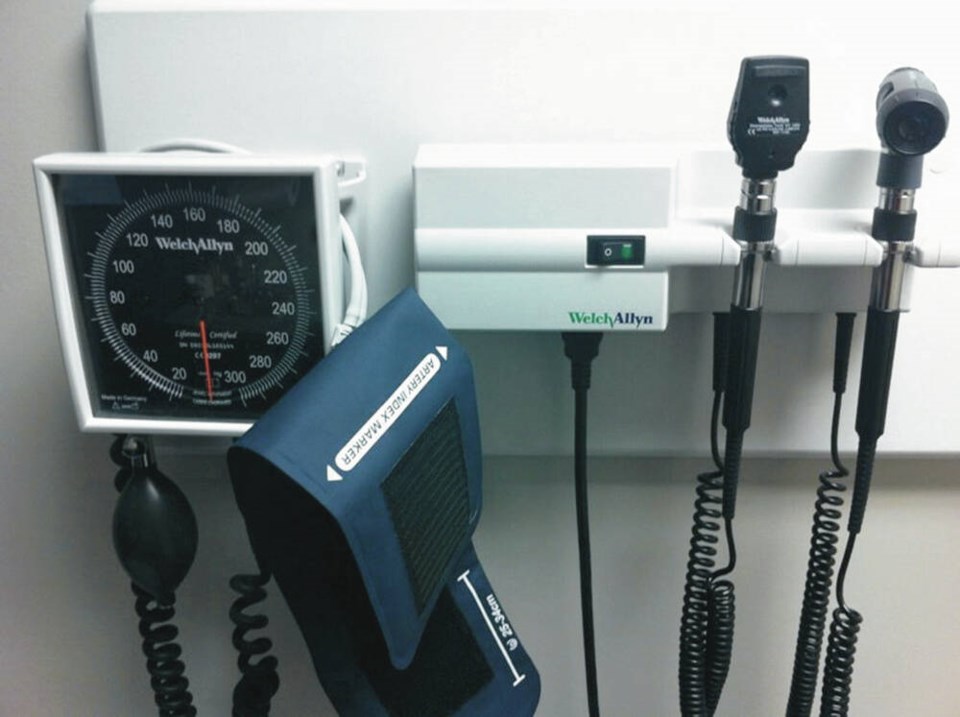I read with interest the many analyses and proposed solutions for the current difficulty for patients to obtain the services of a family physician. There is considerable pressure on the provincial government to remediate the situation simply and expeditiously.
This is not likely to happen because there is no simple solution.
The current situation has arisen as a result of many missteps over the past 30 years. The causes of these missteps are multiple including self-interest, political expedience and failure to consider the long-term consequences of policy changes.
I began my practice in Victoria in 1978. For the first 20 or so years I was working in a constant background of ‘physician oversupply’. The bureaucracy, at that time, felt that there were too many doctors “over-treating” too many patients, resulting in the medicare budget being exceeded.
The Doctors of sa国际传媒 (formally referred to as the sa国际传媒 Medical Association) would regularly negotiate a “master agreement” with the provincial government. This budget was handed, in its entirety, to the BCMA to distribute it as they felt appropriate.
Over the years this has led to disparities between primary care physicians and specialists, and to a lesser extent, between specialty groups. In 1994 ,$2 million was invested in developing a relative value fee guide. This was soundly rejected by the physicians after much self-interest-driven infighting.
In 1985 the provincial government had restricted new billing numbers in an effort to limit physicians moving to the province.
In the early 1990s the government imposed a hard cap on MSP funding. If spending appeared to be in danger of over-reaching the strictly enforced hard-capped budget, the fees paid to physicians would be proportionately reduced under the term pro-rationing. Eventually the physicians’ response to this was to close their offices and operating rooms for enough days to balance the budget.
No agreement could be reached at the negotiation table, and so binding arbitration was proposed. This occurred in about 2000 and in 2001 the NDP were soundly defeated at the polls, and the Liberals came to power.
Early on in their mandate, the arbitration award report was ready, but it was rejected by Gordon Campbell’s government completely in spite that it was supposedly ‘binding’.
It is my opinion that this was an excellent report, not very flattering to the provincial government, but with a good emphasis on appropriate funding for primary care. The rejection of this document, I feel, is pivotal to the collapse of primary care in sa国际传媒
It proposed reasonable fee increases, but more importantly an appropriate fee for telephone consultations. Another sensible suggestion was paying one-quarter of an office visit fee for repeat prescriptions.
I feel that had this been instituted walk-in clinics would not be inundated with routine prescription refills.
As an aside, the teachers had a rejected agreement at the same time; they challenged it and, albeit 17 years later, the rejection was ruled as “not legal”, and the agreement had to be resuscitated.
I feel failure of the BCMA to challenge the gross unfairness is so sad.
Another misstep is the unforeseen consequences of the creation of hospitalists, and dedicated surgical assistants without considering training further physicians to fill the more than 60 primary care practices deserted in Victoria alone.
Finally, I do not think physicians have been listened to appropriately. The young graduates coming out of medical school now are so much smarter than my generation. They realize that they are not small business persons, and want no part of running that side of medical practice.
It is, I agree, inappropriate. They also realize that they are not omnipotent – and will work so much better in a multi-discipline team.
With so many causes and so many missteps there is going to be no simple white knight riding in and fixing the problem.
Neither should we despair. There is a group of physicians on the Saanich Peninsula which has relatively recently managed to attract eight new physicians — and not only attract but retain them.
Retain them by offering an opportunity to practice medicine with all the other small business duties taking care of, as well as excellent clinical support staff.



